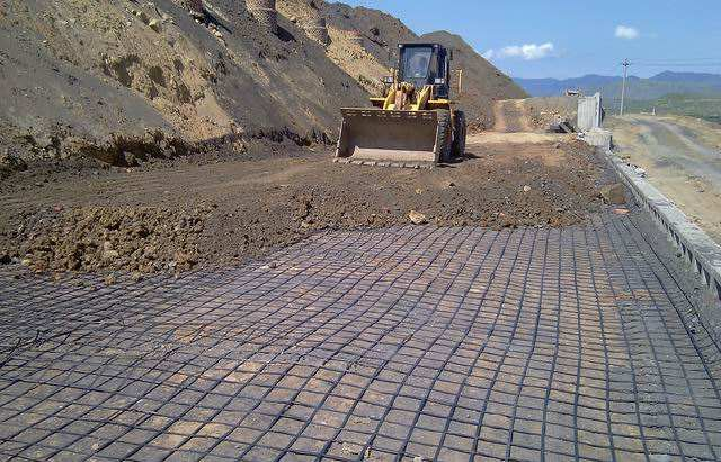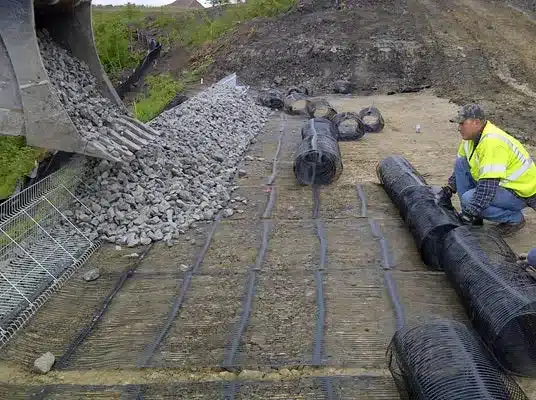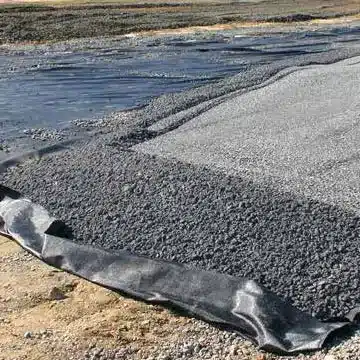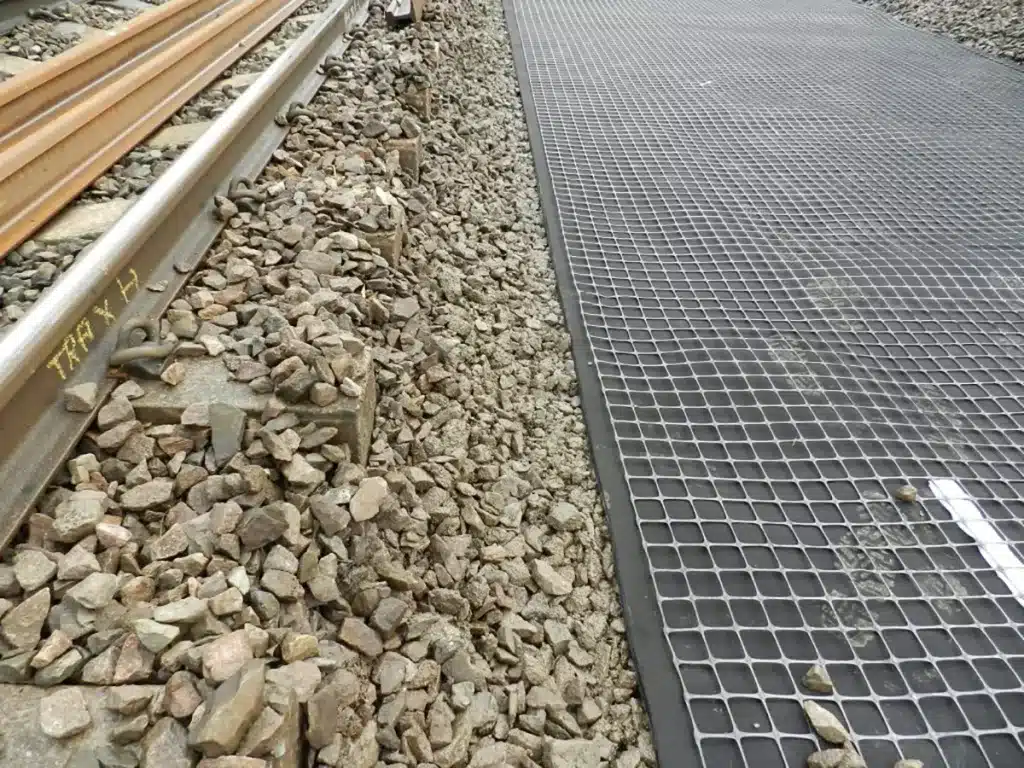+86-159 9860 6917
info@geofantex.com
geofantex@gmail.com
+86-400-8266163-44899
Base materials can be granite road base, crushed gravel, or limestone, which are then compacted to form a hard surface. They are frequently used in the construction of roads, paving substrates, hard stands, parking areas, footpaths, and driveways. This solution offers cost-effectiveness, as it is relatively inexpensive to install and resistant to cracking. When properly compacted at an appropriate depth, it exhibits excellent strength.

What is the best material for the road base?
The cheapest road-based material depends on the location, availability, and intended use, but generally, the most cost-effective options are:
- Gravel – Widely used for rural and temporary roads, gravel is inexpensive and easy to maintain.
- Crushed Stone – Similar to gravel but with better compaction, making it more durable.
- Dirt Roads (Compacted Earth) – The absolute cheapest option, but requires frequent maintenance and is prone to erosion.
- Recycled Asphalt or Concrete – Reusing old asphalt or concrete can be a budget-friendly alternative.
- Chip Seal – A mix of asphalt and crushed stone, cheaper than full asphalt paving but more durable than gravel.
If you’re looking for a balance between cost and durability, recycled materials and gravel are often the best choices.
What is the cheapest road-based material?
The cheapest road-based material typically varies depending on location, availability of materials, and local economic factors. However, generally speaking, gravel is often considered one of the most cost-effective materials for road construction, especially for rural or less trafficked roads. Here’s why:
- Availability: Gravel can be readily sourced from local quarries and does not require extensive processing, which keeps costs down.
- Ease of Installation: Gravel roads are relatively easy to construct. They do not require the same level of skilled labor or heavy machinery as asphalt or concrete roads.
- Maintenance: Although gravel roads require regular maintenance such as grading and replenishment, these processes are typically less expensive compared to the repair of asphalt or concrete roads.
Other inexpensive materials include crushed stone and recycled materials like crushed concrete or asphalt. Each has its own advantages and may be more or less suitable depending on the specific conditions and requirements of the road being constructed.

Is gravel or road base better for a driveway?
The choice between gravel and road base depends on your priorities for cost, durability, and maintenance:
- Gravel:
- Pros: Affordable, easy to spread, and excellent for drainage when properly graded.
- Cons: Can shift over time, forming ruts or scatter, which means it requires regular maintenance and periodic replenishment.
- Road Base (crusher dust or compacted rock):
- Pros: Packs tightly, creating a stable and durable surface that resists shifting and rutting. It requires less maintenance over time compared to loose gravel.
- Cons: Slightly more expensive and labor-intensive to install. Its drainage capacity is good but not as high as loose gravel.
If you want a low-maintenance, long-lasting surface that remains stable, road base is the better option. However, if initial cost and ease of installation are your main priorities, gravel can be a suitable choice, provided you don’t mind occasional upkeep.



Get Free Sample
We’ll respond as soon as possible(within 12 hours)




















